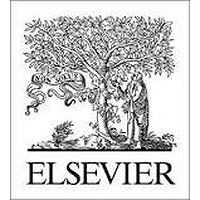Mechanical stimuli play a significant role in the process of endochondral growth. Thus far, approaches to understand the endochondral mechanical growth rate have been limited to the use of approximated location and geometry of the growth plate. Furthermore, growth has been simulated based on the average deflection of the growth plate or of the femoral neck. It has also been reported in the literature that the growth plate lies parallel to one of the principal stresses acting on it, to reduce the shear between epiphysis and diaphysis. Hence the current study objectives were (1) to evaluate the significance of a subject-specific finite element model of the femur and growth plate compared to a simplified growth plate model and (2) to explore the different growth direction models to better understand proximal femoral growth mechanisms. A subject-specific finite element model of an able-bodied 7-year old child was developed. The muscle forces and hip contact force were computed for one gait cycle and applied to a finite element model to determine the specific growth rate. Proximal femoral growth was simulated for two different growth direction models: femoral neck deflection direction and principal stress direction. The principal stress direction model captured the expected tendency for decreasing the neck shaft angle and femoral anteversion for both growth plate models. The results of this study suggest that the subject-specific geometry and consideration of the principal stress direction as growth direction may be a more realistic approach for correct prediction of proximal femoral growth morphology. (C) 2016 The Authors. Published by Elsevier Ltd. This is an open access article under the CC BY-NC-ND license (http://creativecommons.org/licenses/by-nc-nd/4.0/).

Effect of growth plate geometry and growth direction on prediction of proximal femoral morphology
Review badges
0 pre-pub reviews
0 post-pub reviews


